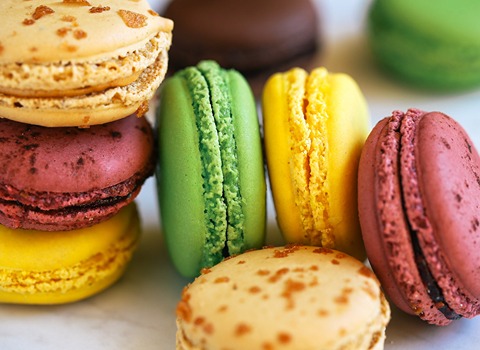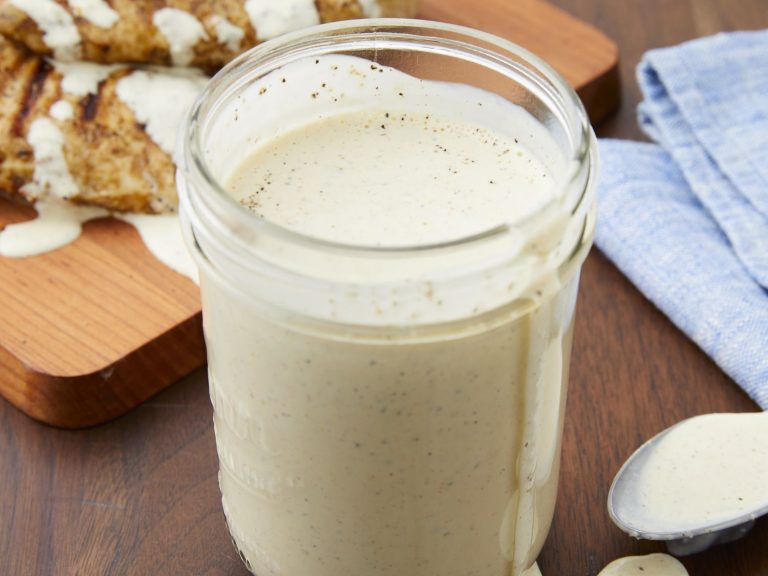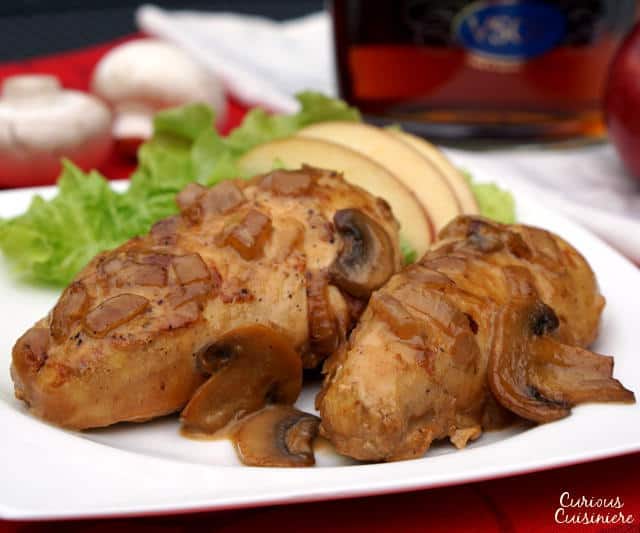Macarons: History, Making Techniques, and Flavor Variations Explored
Macarons trace their origins back to 8th-century Italy. Initially, these sweet almond biscuits, called “macaroni” in Italian, were simple with a grounded almond-based recipe.
Catherine de Medici, an Italian noblewoman, brought the macaron recipe to France in the 16th century. Marrying King Henry II of France, she introduced these almond cookies to the French court. Over centuries, French pastry chefs refined the macaron, improvising the version we recognize today with a smooth top, ruffled edges, and a chewy interior.
Popularization Across the Globe
Macarons gained global popularity in the 21st century. French patisseries like Ladurée and Pierre Hermé earned international fame, with branches sprouting in numerous countries. These establishments popularized flavors such as pistachio, raspberry, and chocolate.
Today, macarons are celebrated worldwide, appearing in cafes, bakeries, and high-end patisseries. Known for their elegant appearance and exquisite taste, they’ve become a symbol of culinary sophistication. Various countries have adopted and customized them, incorporating local flavors and aesthetics.
Key Ingredients of Macarons
Almond Flour: The Essential Component
Almond flour, finely ground from blanched almonds, provides the primary structure for macarons. Its fine texture ensures the smoothness of the macaron shells, essential for achieving the desired glossy finish. Opt for high-quality, superfine almond flour to eliminate any grittiness. Using almond meal or poor-quality almond flour can result in uneven textures and affect the delicate balance needed for perfect macarons. Be sure to sift the almond flour thoroughly to remove any larger particles that might disrupt the consistency.
The Role of Egg Whites and Sugar
Egg whites, beaten into a meringue, create the airy texture of macarons. Fresh egg whites are preferred for their consistency, although aged egg whites can sometimes yield better volume. Whisking the egg whites incorporates air, crucial for forming the macaron’s structure. Granulated sugar is added gradually to stabilize the meringue, which helps maintain the macaron’s shape during baking.
Powdered sugar, combined with almond flour, contributes to the sweetness and texture of the macaron shells. It also aids in absorbing moisture, which is essential for achieving the ruffled edges known as “feet.” Mixing the meringue with the dry ingredients requires a delicate balance to avoid overmixing, which can deflate the batter, or undermixing, which can result in lumpy shells.
Making the Perfect Macarons
The Importance of Macaronage Technique
The macaronage technique combines the batter to achieve the perfect consistency. Stir the almond flour, egg whites, and powdered sugar mixture until you reach a glossy, lava-like texture. Ensure the batter flows smoothly by folding it consistently, which helps remove air pockets and ensures the macarons don’t crack during baking. Keep folding until you can draw a figure-eight pattern with the batter.
Common Mistakes to Avoid
Avoid common mistakes to increase your success rate with macarons. First, don’t under or overmix the batter; both can ruin texture. Second, sift the almond flour and powdered sugar well to remove lumps. Third, accurately measure ingredients, as precision is key for consistency. Lastly, allow the piped macarons to rest before baking, ensuring a smooth, crack-free surface.
Flavor Variations and Fillings
Classic Flavors to Try
Classic macaron flavors provide a timeless appeal. Popular choices include:
- Vanilla: Infuse the batter with vanilla beans.
- Chocolate: Use high-quality cocoa powder.
- Raspberry: Incorporate raspberry puree into the filling.
- Pistachio: Mix finely ground pistachios into the almond flour.
- Lemon: Add lemon zest to the shell, paired with lemon curd filling.
These flavors offer a solid base, balancing sweetness and unique tastes seamlessly.
Creative and Seasonal Fillings
Creative and seasonal fillings add innovation to your macarons. Examples include:
- Salted Caramel: Blend caramel with sea salt for a rich taste.
- Pumpkin Spice: Combine pumpkin puree with spices in autumn.
- Matcha Green Tea: Incorporate matcha powder for an earthy flavor.
- Lavender Honey: Infuse honey with dried lavender buds.
- Peppermint: Add crushed peppermint candy for a winter touch.
Seasonal fillings let you explore diverse flavor profiles, enhancing the macaron experience with fresh ingredients tailored to different times of the year.
Serving and Pairing Suggestions
Best Practices for Storage
Store macarons in an airtight container to maintain their texture. Place them in the refrigerator if not consumed within 24 hours. Avoid storing them in humid environments, as moisture can affect the shell’s crispness. For longer storage, freeze macarons by laying them in a single layer on a baking sheet before transferring to a freezer-safe container. Thaw in the refrigerator for optimal results.
Pairing Macarons with Beverages
Pair macarons with beverages that complement their sweetness. Choose from tea varieties like Earl Grey or jasmine for a balanced flavor profile. Select coffee options such as espresso or cappuccino to enhance the richness of chocolate and coffee-flavored macarons. Opt for wines like Champagne or Moscato to accentuate fruity and floral notes. Experiment with non-alcoholic choices like fruit-infused water or sparkling lemonade for a refreshing experience.
Conclusion
Macarons are more than just a sweet treat; they’re a testament to culinary artistry and precision. From their storied history to the intricate process of crafting each delicate piece, macarons offer a unique and delightful experience. Whether you’re savoring a classic flavor or exploring a seasonal twist, there’s always a perfect macaron to suit your taste. Remember, the key to enjoying macarons lies in proper storage and pairing them with the right beverages. So next time you indulge in these exquisite confections, you’ll appreciate the craftsmanship and care that goes into every bite.






